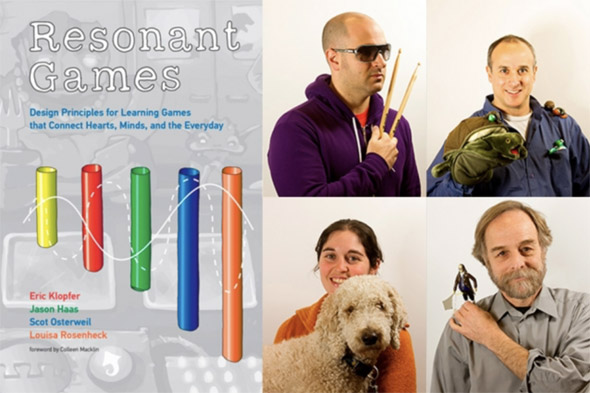What makes an educational video game work well?
MIT designers explain their philosophy in a new book, Resonant Games.

"Our goal is not just to make games that are interesting interludes in a classroom, but really to connect to the students’ deeper appreciation for learning and their own trajectory in life."
— Scot Osterweil, creative director of the Education Arcade
To succeed at “Lure of the Labyrinth,” a video game created by designers in MIT’s Education Arcade, players rescue pets from an underground lair inhabited by monsters. In so doing, they solve mathematical puzzles, decipher maps, wear monster costumes as disguises, and cooperate with Iris, daughter of Hermes from classical mythology. With tenacity, players can foil the monsters’ plot and free hundreds of pets.
“Labyrinth” is intended for schoolkids. Funded by the U.S. Department of Education’s Star Schools program, the game was tested in Baltimore and rural Maryland, used feedback from teachers, and is intended to improve middle-school mathematics and literacy. But it is also meant to be a compelling, competitive challenge in and of itself.
“It’s both a good game and a good educational experience,” says Professor Eric Klopfer, director of MIT’s Scheller Teacher Education Program and the Education Arcade.
As such, “Labyrinth” represents many things about the philosophy of the Education Arcade, a design program situated at the junction of gaming and learning. As the program’s principals write, the world of “Labyrinth” is intended to help kids “succeed in school and life through perseverance and collaboration.”
A game, in short, can enhance a growth mindset.
Read more SHASS stories about Teaching and Learning
Suggested links